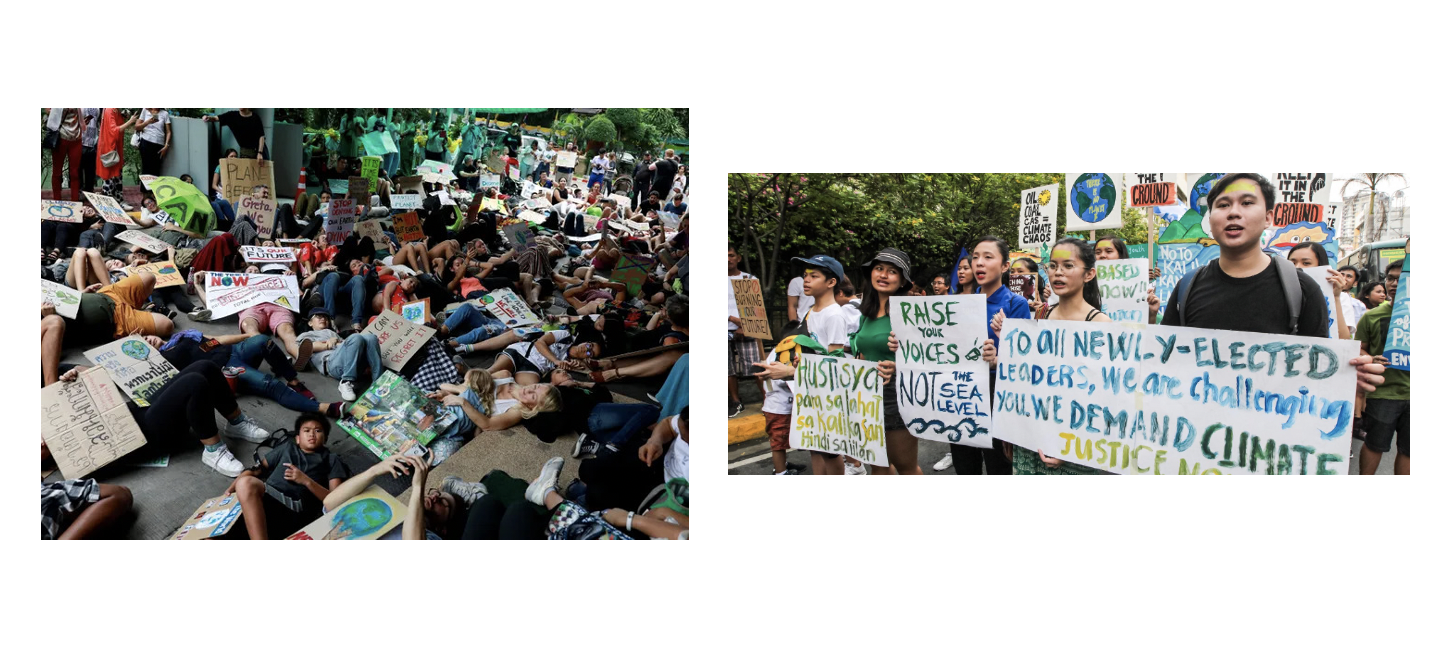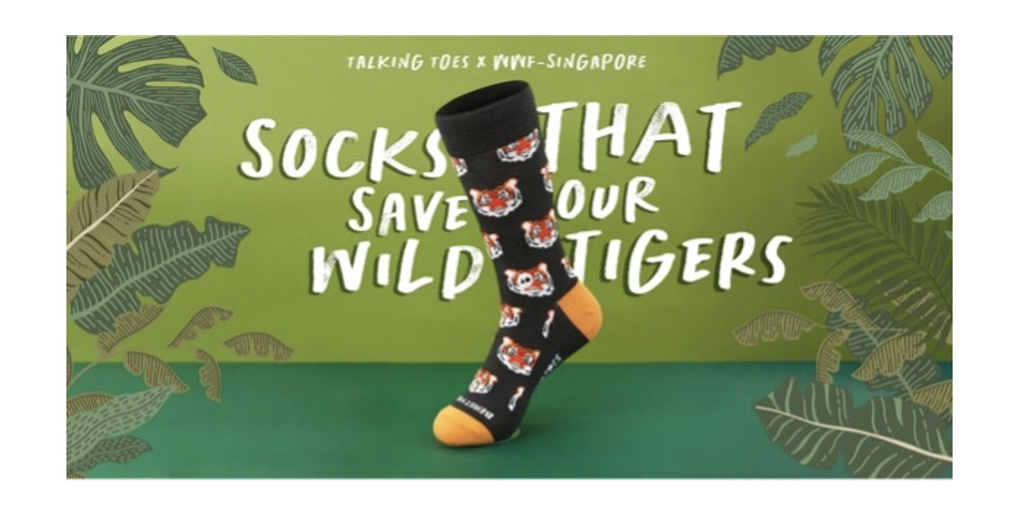

The growing new-age consumers
As one of the fastest growing and most distinctive consumer segments globally, Gen Zs are those who are born in the late 1990s to early 2010s and are coming of age and beginning to enter into the work force. They will impact the ways in which consumer markets and the workplace evolve in a very significant way.
In Asia specifically, Gen Zs in Asia is set to take up at least a quarter of Asia’s population by 2025, which is almost equivalent to the share of the Millennials in the region. As Asia continues to develop in scale and becoming more influential as their economies globalize, it is ever more important for brands to take a closer look at this new-age consumers in the region and strategize how to communicate with them.

They are truly digital.
Gen Zs, who grew up with technological transformation, are widely known to be digital natives. They are hyperconnected with their inner circles and wider communities through their smartphones and are experts when it comes to utilizing digital technology for enriching their personal and professional lives.
Comparing to the rest of the world, Asia is known to have the most engaged internet mobile users. A recent study by McKinsey identified that at least a third of Gen Zs in Asia spend on average more than 6 hours a day on their phones and spend more time on social media than any other generations in the region. This behavior of constantly being online most of the time made them natural experts who take full advantage of what digital platforms have to offer – browsing and finding the optimal information in the fastest way through multiple channels, when they make informed decisions as to which brands to engage with.

A recent study by the Center for Generational Kinetics reveals that 86% of Gen Z consumers reportedly read reviews online before making a first-time purchase, and 68% read at least 3 reviews online before they shop. In Asian countries like South Korea and China, at least half of the Gen Z population exhibit such habits of researching thoroughly before they make purchases. As well-informed, well-educated, and discerning digital natives, they will equip themselves with abundance of research and the most relevant resources before making an informed purchase, and they expect brands to be there to meet them.
They are a conscious bunch.
Coming of age during the great social, environmental, and political uncertainties, Gen Zs are more socially and environmentally conscious as compared to previous generations. They believe that they have a responsibility to positively impact and contribute to the communities they live in, and therefore expect brands and their products to be more environmentally friendly, ethical and mindful.
In Southeast Asia especially, young Gen Zs have mobilized massive support when speaking up for climate change. Take ’97 Marinel Ubaldo for instance, she’s a young environmental activist in the Philippines who helped to organize the first climate strike in the country back in 2019, with a massive turn up by over 500 youths. A similar youth-led strike was also reported in Thailand within the same year, with over 200 young students chanting “Save the Earth” as they marched to the government compound.
A recent survey by Euromonitor also found that more than half of Gen Z consumers in Asia make a conscious effort to have a positive impact on the environment through their everyday actions, thereby boosting the profile of companies that embody ethical consumers’ concerns.

And yet, Gen Zs are price conscious consumers. With their youth comes their relatively lower spending power. They are more cautious with their spending, reflecting their habits of conducting ample and extensive research, especially on the best promotion deals before making purchases. In China, at least 50% of Gen Zs were found to have researched for a deal before purchase. In Malaysia, 85% of online Gen Z shoppers would even go down to physical stores to research on price, and 82% would even consider the shipping rates as a criterion for price comparison.
Therefore, despite being more socially and environmentally conscious, Gen Zs in Asia are reluctant to pay extra unless brands and products commit to the rising sustainable trend and make it aspirational for Gen Zs to engage with environmentally friendly products. A recent study by Credit Suisse revealed that more than 15% of young Gen Z consumers in Asian countries such as China and India have expressed their efforts to fully opt for sustainably made goods for all purchases. Thus, while Gen Zs may have a smaller wallet for sustainable products, this does not mean they refrain from purchasing these products entirely.

1) Having a strong digital presence is not a bonus, it is a must.
It is important now more so than ever for brands to ensure a robust and steadfast digital presence. From ensuring good brand visibility and understanding on the digital ecosystem, to incorporating digital touchpoints within the consumers’ user journey, and to engaging audiences on various social platforms, brands need to be digitally savvy themselves to seamlessly interact and integrate with Gen Zs of the world.
2) Drive impact through information transparency and great storytelling.
Gen Zs conducts more research and brand evaluation before making purchases. Brands should provide ample grounds to communicate through transparency of their products and processes. This information should be presented clearly and be widely accessible to external audiences. Brands can distill their unique selling points, capture key benefits with specific labels and claims, render assurance on sourcing and production, and boost its credibility with authentic reviews.
Beyond these functional attributes, brands can also take a step further to tell its unique story in a way that demonstrate positive, genuine impact to external stakeholders and causes. As Gen Zs are extremely conscious consumers, having a strong impactful narrative will be a step closer to winning their support.

Case Study: Storytelling through the brand and name
Talking Toes – Putting Positivity & Purpose in Every Step

Founded in Singapore, Talking Toes is a brand that aspires to transform humble socks into a symbol that empowers positive change. The name “Talking Toes” represents the way its socks are designed – they embed positive, powerful messages at the tip, hoping to spark meaningful conversations and inspire positivity and joy to consumers as they put on their socks and wear them proudly.

The brand also goes a step further to walk the talk and inspire real, meaningful change as they seek continue to seek purposeful collaborations and contribute to causes that matter. Talking Toes ensures that a percentage of its gross profits from every pair of socks purchased are donated to a partner non-profit organization. They also release limited edition socks in collaboration with similar organizations to promote awareness, rally support and give back to these social causes as well.
The brand resonated strongly with youths locally as their thoughtful designs and meaningful collaborations empower them to feel good, while also doing good.
3) Deliver more for less.
While Asian Gen Zs are known to be deal-hunters, the strong emphasis on price does not necessarily mean they are willing to forgo on quality. After all, this group of consumers are even willing to go beyond word-of-mouth recommendations from their close family and friends to conduct their own research on the brands and offerings to reassure their purchase decisions.
Brands will therefore need to relook at the way they deliver value. From offering personalization and customization services, to offering brand exclusivity and collaborations, brands can consider expanding beyond providing functional benefits to delight these young consumers, all the while keeping its prices fair and competitive.
4) Take greater responsibility as a company.
Unlike its Western counterparts, Asian brands are already known for a slow start when it comes to sustainability and other social causes. Therefore, not only do these brands in the region need to start making conscious efforts to support important societal and environmental causes, but they should also take greater responsibility to ensure that consumers do not bear its “costly consequences”. This is especially true in Asia where Gen Z consumers may not be as willing to pay additional for environmentally or socially responsible products. Brands will therefore have to take a larger step to becoming a more responsible entity, all the while ensuring its products remain competitive and affordable in the long term.
There is no doubt that Gen Zs’ mindset and value ring true to the time they live in; their unique consumer need, behaviors and brand expectations should not be overlooked. As they grow older and become mature consumers, there is a need for brand to reflect their ever-changing mindset, needs, and behaviors – making a conscious effort to continue to learn about this consumer group, and stay agile to adapt its offerings accordingly. After all, majority of Gen Zs believe that their generation has the power to influence brands’ actions (for the better), with sentiments in Asia exceeding the global average. No doubt, Gen Zs are not an easy consumer segment to satisfy, but given its growing affluence and influence, it’s definitely worth the effort.
Sources:
McKinsey & Company, Generation Z in Asia, Forthcoming 2020-21
McCann World Group, Asia Pacific – the Truth about Generation Z, 2021
Euromonitor, Generation Z – the Next Wave of Consumers, 2019
Nielsen, Understanding Malaysia’s Gen Z, 2019
Climate Youth Strike Philippines, 2019
Reuters, Climate Strike Thailand, 2019
Bloomberg Quint, Young Consumers more Environmentally Minded in China and India than other Rich Countries, 2022
PWC, Global Consumer Insights Pulse Survey, 2021
Talking Toes Socks, 2022
A Labbrand Group Company © 2005-2024 Labbrand All rights reserved
沪ICP备17001253号-3* Will be used in accordance with our Privacy Policy
To improve your experience, we use cookies to provide social media features, offer you content that targets your particular interests, and analyse the performance of our advertising campaigns. By clicking on “Accept” you consent to all cookies. You also have the option to click “Reject” to limit the use of certain types of cookies. Please be aware that rejecting cookies may affect your website browsing experience and limit the use of some personalised features.